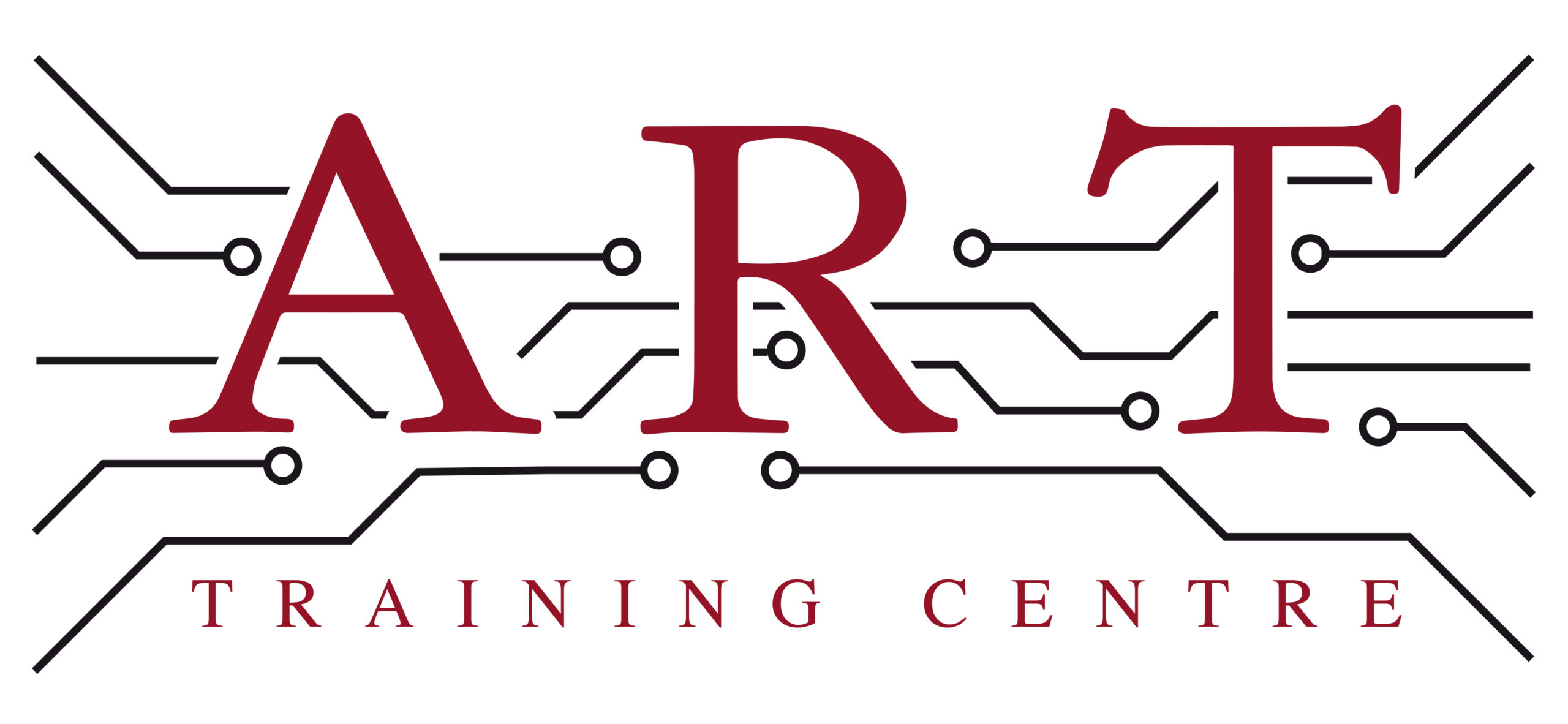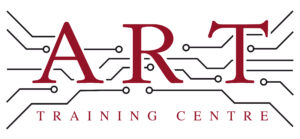Definition
Pick and Place is a process used in electronics manufacturing where components are automatically picked up and placed onto printed circuit boards (PCBs). This method enhances efficiency and accuracy, minimising the risk of human error. It is a crucial component in the assembly line, particularly for surface mount technology (SMT), where precision is vital for the successful functioning of electronic devices.
How It’s Used in the Industry
In electronics assembly, the Pick and Place process involves several steps. First, components are loaded into a machine that uses a vision system to identify their positions. The machine then picks the components using suction or mechanical grippers. Next, it accurately places them onto the PCB according to the design specifications. This method is essential for both soldering and inspection processes, as it ensures that components are correctly positioned for soldering. For technicians in training, mastering this process is critical for understanding modern assembly techniques, while experienced professionals benefit from the increased speed and precision it offers.
History & Origins
The Pick and Place process became common in electronics manufacturing during the 1980s, coinciding with the rise of surface mount technology (SMT). Early adoption was driven by the need for faster production rates and improved accuracy in placing components on PCBs. The development of industry standards, such as those set by IPC, further established guidelines for the process, ensuring quality and reliability. Advances in robotics and automation technology have since refined the Pick and Place method, making it a cornerstone of modern electronics assembly.
Variations
There are several variations of the Pick and Place process, including manual and automated systems. Automated systems can be further divided into high-speed machines and those designed for lower-volume production. Compared to traditional manual assembly, automated Pick and Place offers greater speed and consistency. Additionally, some systems are equipped with advanced features like laser alignment and multi-component placement, enhancing their versatility. Understanding these variations helps learners grasp the range of options available in electronics manufacturing.
Modern Applications
Today, Pick and Place is extensively used in the production of both consumer electronics and industrial devices. It is particularly relevant for surface mount assembly, where components are placed directly onto the surface of PCBs. This process is vital for ensuring high-quality, reliable products that comply with IPC standards. Furthermore, Pick and Place plays a significant role in repair and rework, allowing technicians to efficiently replace faulty components while maintaining the integrity of the PCB.
Practical Tips & Training
When working with Pick and Place systems, it is essential to follow safety guidelines, including proper handling of components and equipment. Regular inspection of the machine’s calibration ensures optimal performance. Useful tools include tweezers for manual placement and software for programming automated systems. Structured training and certification in electronics are crucial for mastering this process, as they provide technicians with the knowledge and skills needed to operate Pick and Place machines effectively.


